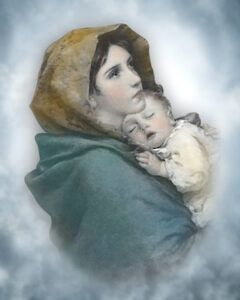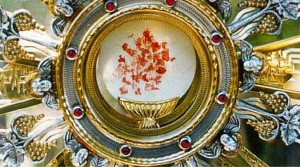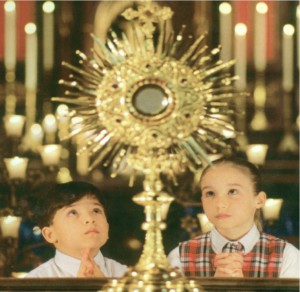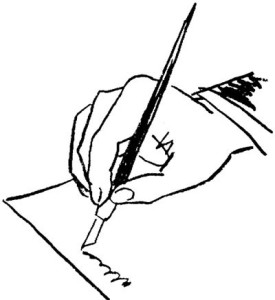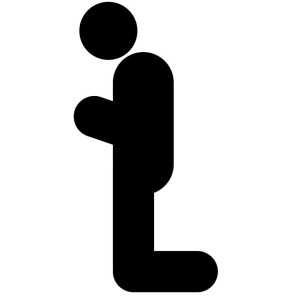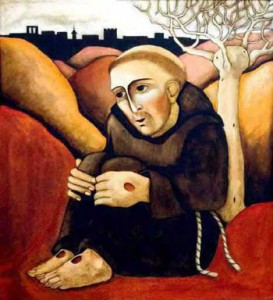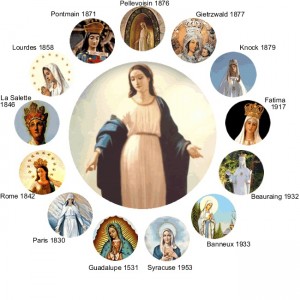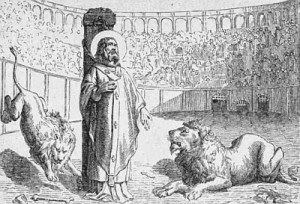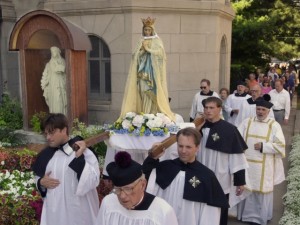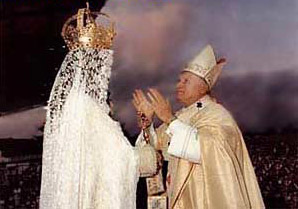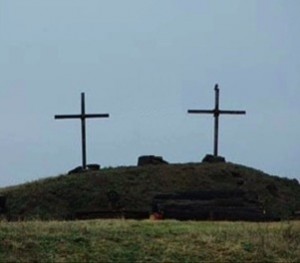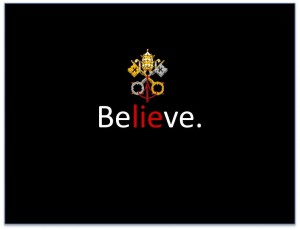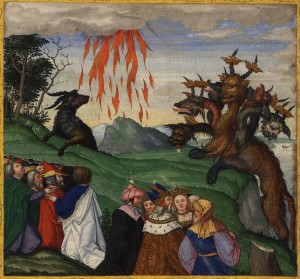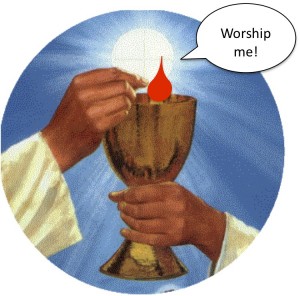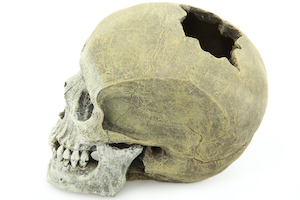
We have made no effort to hide our view that the Papacy of Rome is the prophesied fifth earthly kingdom in Daniel’s succession of empires (Daniel 2 & 7). The Papacy is the Sea Beast of Revelation 13:1, the Seven Headed, Ten-horned Beast that succeeds the Roman Empire. Christ’s future earthly kingdom, of course, will be the sixth. Nor have we hesitated to identify the False Prophet, which is none other than the Apparitions of Mary, the Land Beast of Revelation 13:11, the Two-horned, Lamb-looking, Dragon-speaking False Prophet that can make “fire come down from heaven on the earth in the sight of men” (Revelation 13:13). It is that False Prophet that “deceiveth them that dwell on the earth” and convinces them “that they should make an image to the beast” (Revelation 13:14), which refers to the Eucharistic bread idol of Rome that can come to life and speak, “the source and summit” of the Roman faith (Catechism of the Catholic Church, 1324).
What we have not discussed yet is the mortal head wound of the Beast. John mentions it three times:
“And I saw one of his heads as it were wounded to death; and his deadly wound was healed: and all the world wondered after the beast. And they worshipped the dragon which gave power unto the beast: and they worshipped the beast…” (Revelation 13:3-4)
“And he exerciseth all the power of the first beast before him, and causeth the earth and them which dwell therein to worship the first beast, whose deadly wound was healed.” (Revelation 13:12)
“And deceiveth them that dwell on the earth by the means of those miracles which he had power to do in the sight of the beast; saying to them that dwell on the earth, that they should make an image to the beast, which had the wound by a sword, and did live. … as many as would not worship the image of the beast should be killed.” (Revelation 13:14-15)
Whatever that head wound may be (and we shall identify it in this short series), it factors significantly into the object of the world’s worship.
 Follow
Follow
